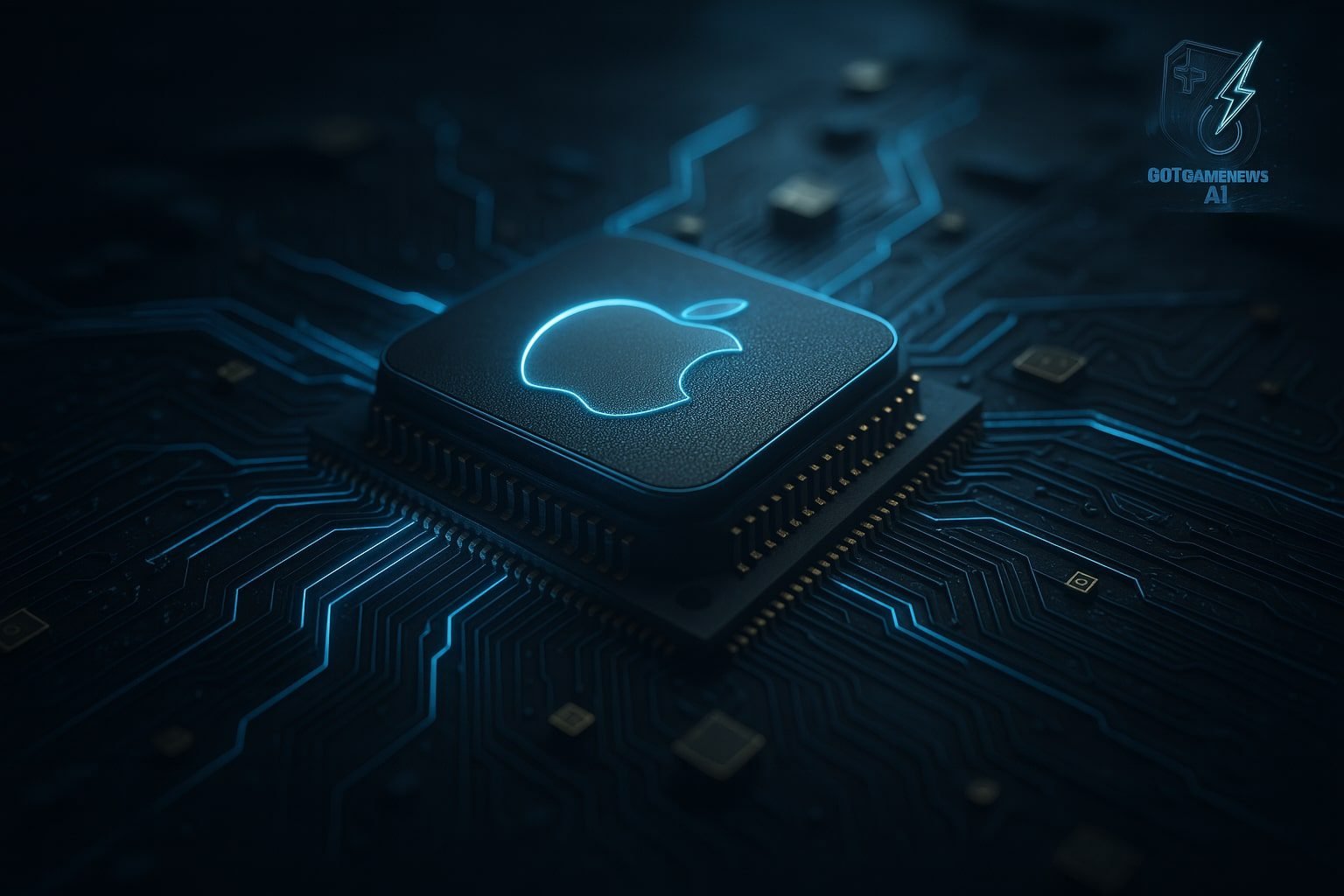In a hushed hall in Belgium, the whispered rumor became proclamation: Apple isn’t merely experimenting with AI in chip design—it’s weaving generative intelligence into the DNA of its processors. Johny Srouji, Apple’s SVP of hardware technologies, revealed this isn’t a sideshow—it’s a centerpiece of their astounding silicon cadence.
Meticulous schematics, scribbled by night-shift engineers, have given way to sprawling neural nets trained on millions of wire placements and thermal simulations. These AI-driven EDA tools—from Synopsys, Cadence, and who knows what stealth labs—are mapping territories no human has charted, optimizing with an almost alien precision.
A Rhapsody in Electrons
Think of it as silicon being composed by a composer fed infinite symphonies. These AI workflows propose transistor arrangements, clock tree configurations, heat mitigation strategies—arrangements no engineer would dare pen by hand because they defy intuition.
Srouji teased it: “More design work in less time.” The phrase might sound pedestrian, but the implication is seismic. In an era where each tape-out costs tens of millions of dollars and failure means paralysis, shaving weeks—or months—off development cycles isn’t just smarter. It’s survival.
Or a Slip into the Unknown
Yet, an eeriness creeps in. Engineers now speak of AI-generated logic blocks as “black art disguised as optimization.” Yes, the chips hum when powered on. But why? What corner-case thermal glitch might lurk beneath? Where did the neural model prioritize tight coupling over timing margin—and will it reveal itself when 100 million devices face the sun on a summer’s day?
This is more than practical ambiguity; it’s a philosophical question. When the creative act is ceded to autonomous systems, do we lose our grasp of shape and intent? Or do we transcend our cognitive limits?
The Culture Shock
To those trained in silicon craftsmanship, this is cultural rupture. The panopticon of manual review—floorplans spread on tables, logic gate flow charts on whiteboards—is being supplanted. Junior designers will learn from models that produce idealized geometries, not from their own blunders. Will that breed mastery—or shallow mimicry of optimizations they don’t fully understand?
Yet, there’s a faction who see this as inevitable. Physics demands abstraction. Complexity demands automation. One veteran chip architect put it bluntly: “We needed smarter tools. Now, the tools are outpacing us—that scares us, but it might be how we outpace physics.”
Comparisons That Sting
This reminds me of gaming’s existential crossroads. When No Man’s Sky first emerged from algorithmic content generation, players greeted it with awe—until the worlds felt soulless. At our site, I wrote: procedural creativity can build vast landscapes, but it sucks out narrative weight. That same tension unfolds in Apple’s labs: chips draped in complexity, but whose design soul—whose knowledge—remains human?
And like in games, there will be community emergence. Disassemblers, reverse-engineers, open-source defenders—they’ll peel away these AI‑wrought layers, trying to see what they can see, asking: what made this architecture tick?
The Market Stakes
Apple’s silicon roll‑out is staggering: M5, Komodo, Borneo, Sotra—and rumored Baltra AI‑server chips by 2027. These aren’t just benchmarks; they’re battlegrounds. If AI catalyzes a leap in performance-per-watt, Apple wins. But if glitchy modules slip through, the fallout will ricochet—Falcons in space, Vision Pro cycles, smart‑glasses that heat, throttle, or spark debate.
The cost? Tens of billions in internal valuations. The reward? A moat girded in invisible architecture, profitable scale, and cognitive abstraction. The risk? A marquee failure traced to something no one can fully explain.
So What Happens When We Ask Why?
Apple’s generative chip design is more than a productivity boost. It’s a reframing of craftsmanship, where machines no longer assist—they author.
Are we entering a renaissance of hitherto unimaginable architectures? Or sliding into a realm of performance we cannot interpret—and therefore cannot trust?
I don’t pretend to offer answers. But I’d love to hear yours: as chips begin to dream themselves, what do you see when you look at their blueprint? A masterpiece—or a mystery too deep to follow?
The stage is set. Let’s mine the comments.





